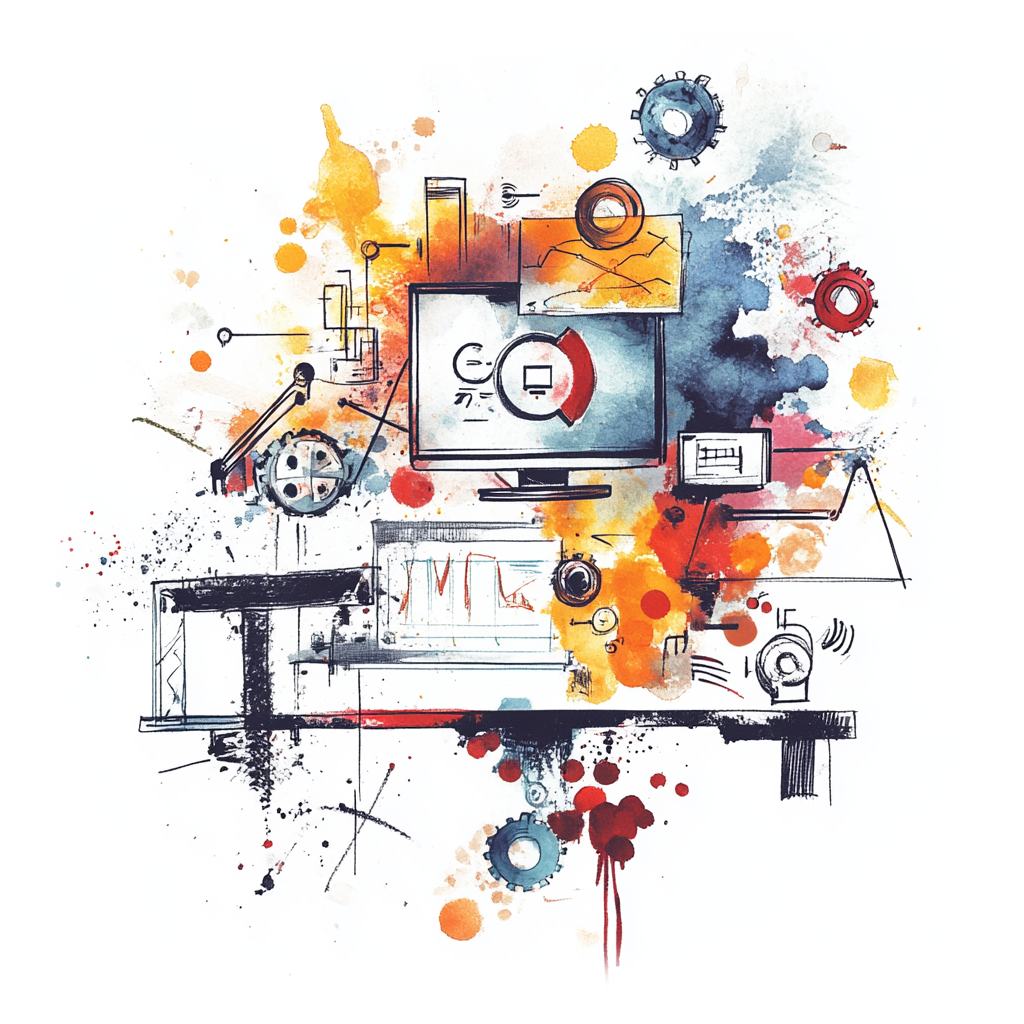Leveraging Self-Owned AI in Social Services
Learn how Social Services companies can leverage self-owned AI to enhance their operations and drive innovation.

Unlocking Potential: How Upstream Operators in Social Services Can Use Their Own AI
In an era where technology shapes the way we deliver services, it's vital for upstream operators in the Social Services industry to leverage the full power of artificial intelligence. Imagine having the capacity to process and analyze vast amounts of data, respond to client inquiries instantly, and generate insights that drive better decision-making—all at your fingertips. This isn't a fantasy; it’s the promise of having your own AI.
Real-World Use Cases for Upstream Operators
Consider the various roles within the Social Services landscape. Here are a few ways you might harness your own AI:
-
Client Interaction: Think about the time and resources spent on client inquiries. Using your own AI, you could automate responses to common questions, providing immediate answers to clients in need. Picture a social worker having an AI assistant that can respond to basic queries about services during a hectic day.
-
Data Analysis: Upstream operators gather extensive information, from demographic data to service utilization stats. Your AI could help by analyzing this data, finding trends that inform policy changes or resource allocation. Imagine identifying that certain services are underutilized and reallocating resources where they're truly needed.
-
Training and Support: New staff members often require extensive training on protocols and resources. An AI could serve as a virtual mentor, providing information and support to new hires. They’d have a smart assistant that helps them navigate the complexities of their roles from day one.
-
Feedback and Improvement: With your AI in place, you could create automated systems for gathering feedback from clients. This input could be analyzed to highlight areas for improvement, ultimately leading to enhanced services that better meet the community's needs.
Why Go for Your Own AI?
Now that we've painted a picture of how your own AI could transform operations, let’s talk about the benefits of setting up a self-hosted AI system.
1. Control Over Data
By hosting your AI yourself, you ensure that your client data remains private and secure. This is crucial in Social Services, where confidentiality is paramount. You wouldn’t want sensitive information to be at risk because it’s stored elsewhere.
2. Tailored Solutions
Every social service agency has unique needs. Your own AI can learn and adapt to your specific challenges. Unlike off-the-shelf solutions, this customized approach ensures your AI is effective right from the start.
3. Cost-Effective
While setting up an AI might sound like a hefty initial investment, it can be cost-effective in the long run. By automating routine tasks and improving service delivery, your agency can save time and resources—allowing you to focus on what truly matters: supporting your community.
4. Agility and Responsiveness
In the ever-changing world of social services, adaptability is key. Your own AI can be updated and modified as needed, allowing you to pivot quickly in response to new challenges or opportunities.
Getting Started: Steps to Establish Your Own AI
So how do you take this leap? Here are the steps to establish your very own AI:
Step 1: Identify Your Needs
What do you want your AI to do? Engage with clients? Analyze data? Start by defining clear use cases tailored to your social services operations.
Step 2: Choose the Right Technology
Research the various platforms and technologies that are available. Look for options that can be easily tailored to your needs and that prioritize data privacy.
Step 3: Build a Team
You’ll need a dedicated team—both technical experts to help with the setup and social service professionals who understand what clients and staff really need.
Step 4: Training and Implementation
Once your AI is ready, train your staff. Emphasize how this tool will help them, not replace them. A well-informed team will be more supportive of the transition.
Step 5: Continuous Improvement
After implementation, gather user feedback and fine-tune your AI. Encourage your team to share insights and suggestions for improvement.
By taking these concrete steps, your agency can harness the incredible power of your own AI. The potential is vast, and the results can be transformative—not just for your operations, but for the communities you serve. It’s time to unlock the capabilities of technology and elevate your social services to new heights!
